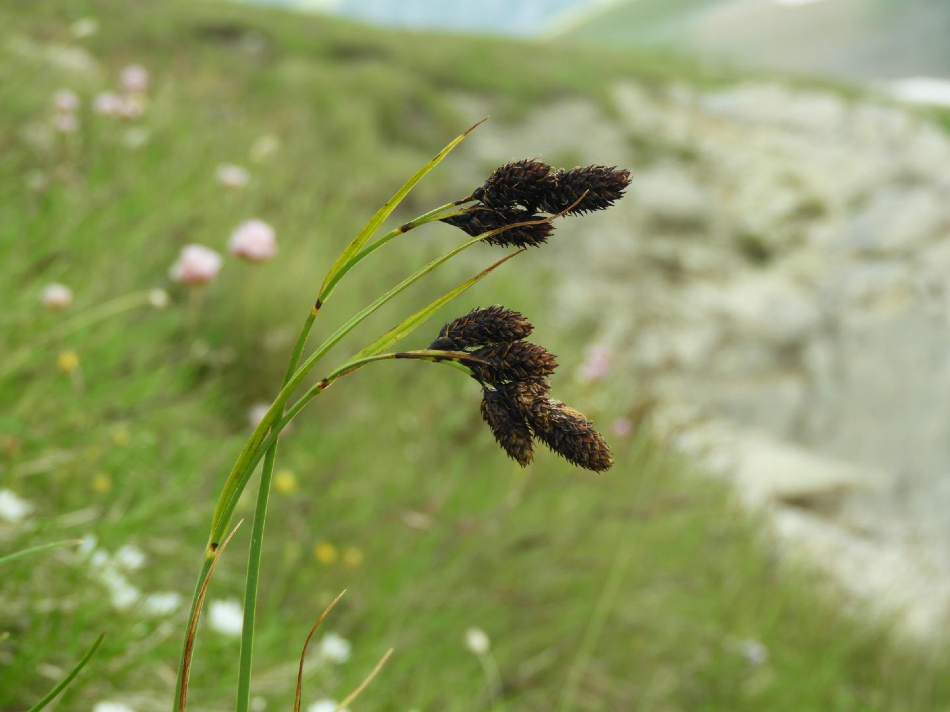Jan 24 2020
Considering the present situation of climate change, an international research team has performed a new study that highlights the adverse, potential impact of global warming on processes responsible for biodiversity.
 Carex. Image Credit: ©pablodeolavide.
Carex. Image Credit: ©pablodeolavide.
This was one of the conclusions of the international study, led by scientists from the Autonomous University of Madrid (UAM) and Pablo de Olavide University (UPO).
The study explores the mechanisms that contribute to the evolutionary success of Carex—one of the three largest genera of flowering plants in the world. The outcomes indicate that this evolutionary success is associated with the planet’s comparatively cold climate during the last 10 million years. This climatic condition favored the colonization of novel ecosystems and territories.
Carex is a class of herbs that belong to the sedge family (Cyperaceae), a family that also features popular species like tiger nut or papyrus. So far, over 2000 Carex species have been found throughout the world, inhabiting an extensive range of ecosystems. These species can be found from the coasts to the highest mountains and to the poles of the tropics, even though they are invariably connected to regions with cold and temperate climatic conditions.
In a majority of the areas, particularly in the northern hemisphere, the Carex species belong to a part of specific types of dominant vegetation and play an important ecological role in habitats as diverse as peat bogs, wetlands, grasslands, tundra, forest understories, or lake and river borders. These plants are also a vital source of food for various herbivorous mammals and waterfowl, and a few of them have nutritional or medicinal properties that are leveraged by human beings.
The research looked at the analysis of the causes that contributed to the huge diversity of the Carex species and eventually concluded that climate cooling was the major factor behind their speciation.
The study is the first to deal with global distribution patterns and diversification of a megadiverse genus of plants and suggests that not only is climate warming causing the extinction of species, but also could negatively affect the processes that generate them.
Santiago Martín-Bravo, Study Main Co-Author and Researcher, Department of Molecular Biology and Biochemistry Engineering, Universidad Pablo De Olavide
In this research, a combination of fossil and genetic data was used to expose the causes of the global diversification of Carex species. The study demonstrated that this kind of genus evolved in Asia, from where it was able to colonize areas worldwide and also different ecological niches, which is indeed remarkable. While this process was ongoing, Carex species have been evidently favored by the cold global climate that persisted for the last 10 million years.
This can be seen by the harmony of regional cooling events like Pleistocene glaciations or the freezing of Antarctica, and the large emergence of Carex species in areas impacted by these climatic changes, for example, New Zealand or North America.
The study’s conclusions offer a wide general interest to figure out when, why, and how species were produced. Such conclusions can also help in understanding the causes of the non-uniform distribution of species, and particularly the role played by the global climate as a driver of the genesis of biodiversity.
These questions are particularly significant in the current context of climate crisis and mass extinction of species, which emphasizes the need to know and understand how nature responds to the climate if we are to preserve and manage it in a sustainable way.
Pedro Jiménez-Mejías, Study Main Co-Author and Researcher, Department of Biology, University of Madrid
The research appeared on the cover of the November issue of the Journal of Systematics and Evolution, an international scientific journal.
The study indicates the culmination of over 10 years of work that started with the postdoctoral project of Jiménez-Mejía. Developed in the United States, this project has allowed international association between a group of evolutionary botanists and biologists from institutions located in 10 countries, among which the United States and Spain (with scientists from the Royal Botanic Gardens in Madrid, Autonomous of Madrid and Seville, and Pablo de Olavide universities) stand out.